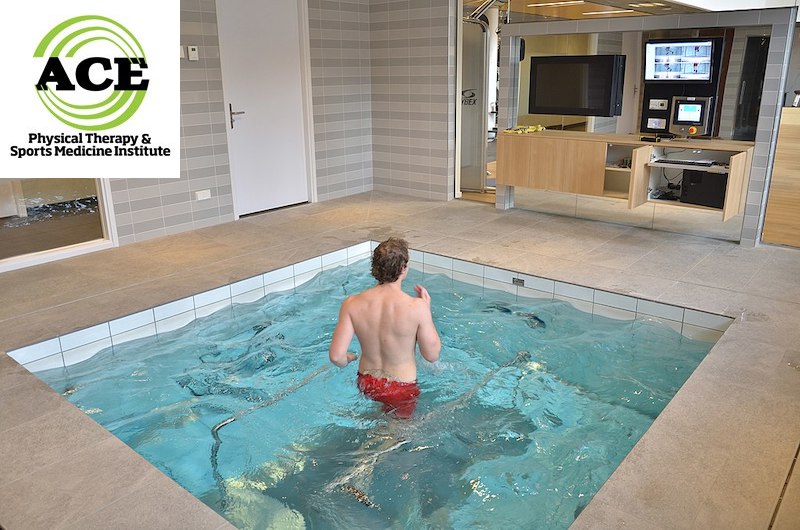PERIPHERAL ARTERY DISEASE (PAD)

Tid Bits of Info
- PAD or Peripheral Artery Disease.
- 1 out of every 20 people over 50 years of age suffers from PAD.
- PAD is a form of atherosclerosis where plaque forms on the inside of the artery.
- Reduced blood flow from PAD can cause muscle cramps in the effected muscles or damage internal organs if they do not get adequate blood flow.
- Seek out the advice of a Physical Therapist for exercise suggestions and/or programs.
Peripheral Artery Disease is a form of atherosclerosis that is extremely common. Some people may experience leg pain when walking, numbness in legs, and a variety of other symptoms. Peripheral artery disease is often caused by atherosclerosis. This is a common disease, and it has been reported that 1 out of every 20 adults over the age of 50 has some level of PAD. Peripheral Artery Disease is both preventable and treatable.
Atherosclerosis is a condition in which plaque builds up on the walls of the arteries and reduces the blood flow through those vessels. Commonly referred to as “clogged or hardening” of the arteries in layman’s terms, this disease is treatable and, in most instances, preventable if the proper precautions and lifestyle are implemented early in life.

Preventing the onset of PAD should begin early. Teaching children, adolescents and young adults about proper diet, the detriments of smoking and the importance of performing a consistent exercise routine should be the first concern of healthcare providers of any discipline. Unfortunately, education alone is not always going to get the desired results for all individuals. There are numerous drugs on the market that help to control the development and severity of PAD, but surgery might be needed to address the most severe cases.
Developing an exercise program for someone who has PAD can be challenging due to the reduced blood flow (called claudication) to areas of the body. When PAD occurs in the lower extremities, the most common symptom is muscle cramps in the hips, thighs and calves when the person is weight bearing and moving. When they stop and rest, the symptoms usually resolve relatively quickly. Most healthcare professionals who treat PAD patients try to get them into a “walking” program due to the ease of performing the routine in any environment and location.
There is no “cure” for the “clogged” arteries, but the best treatment is prevention:
- If you are a smoker, quit smoking.
- Work to control your blood pressure, cholesterol, and glucose levels.
- Exercise regularly. You may want to talk with your doctor to determine what exercise program is right for you.
- Follow a low-fat, low-cholesterol diet and eat more fruits and vegetables. If you are overweight or obese, work with your doctor to develop a reasonable weight-loss plan.
A consistent exercise routine can help to increase blood flow to the areas that are most effected. The increase in blood flow enhances the amount of oxygen that is delivered to the cells and helps to remove the byproducts of cell metabolism which are elevated during an exercise activity.
Water based exercise has been shown to be very helpful to people who suffer from PAD. The water environment helps to reduce the stress and strain on the joints and makes the individual buoyant. The buoyancy of water helps to reduce the body weight on the effected lower extremities, and this enables the muscles to work less aggressively and for a longer time period. It appears that the arterial stiffness that develops with PAD is reduced when some performs a water walking program. The reduction in symptoms makes the exercise routine more enjoyable and, in most instances, very successful.
PAD is common and treatable. Begin the prevention process as soon as you can and as early in life as possible. Teach your children about the proper ways to prevent this disease and help them live a healthy life.
























